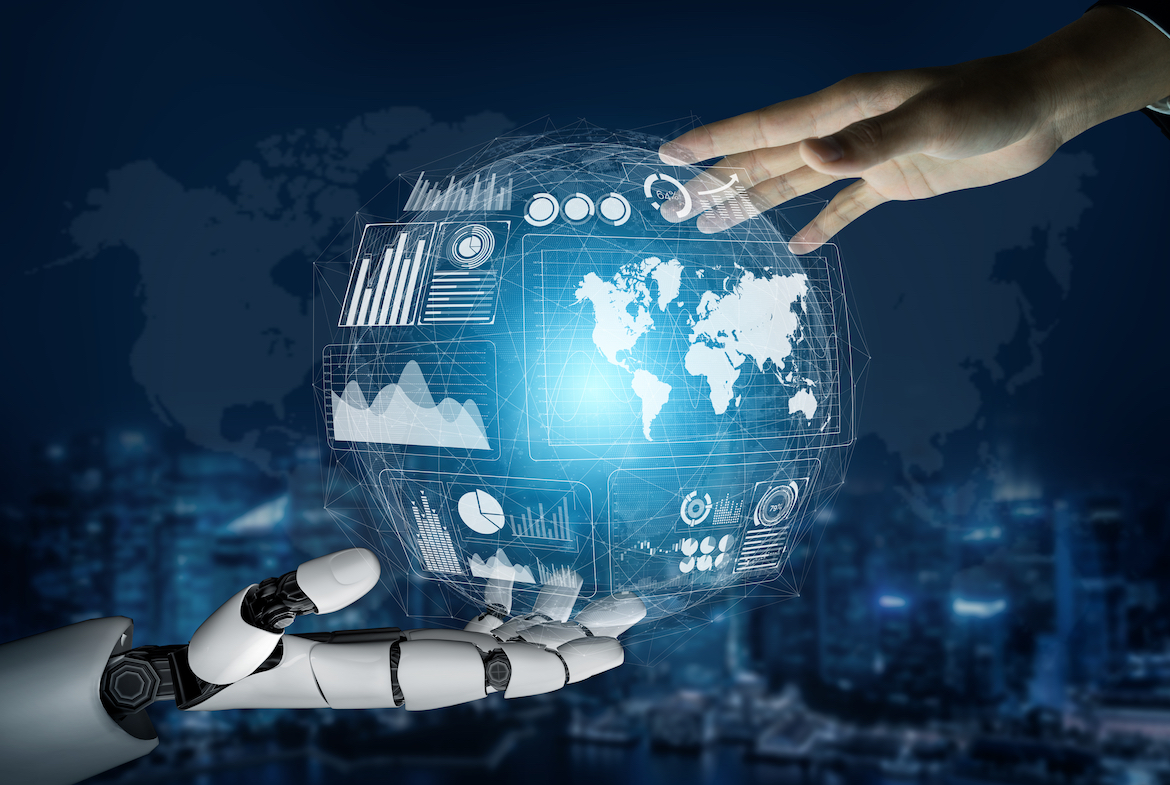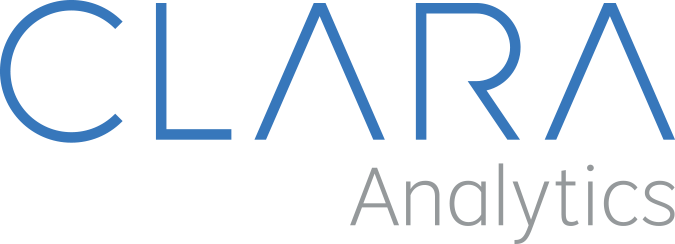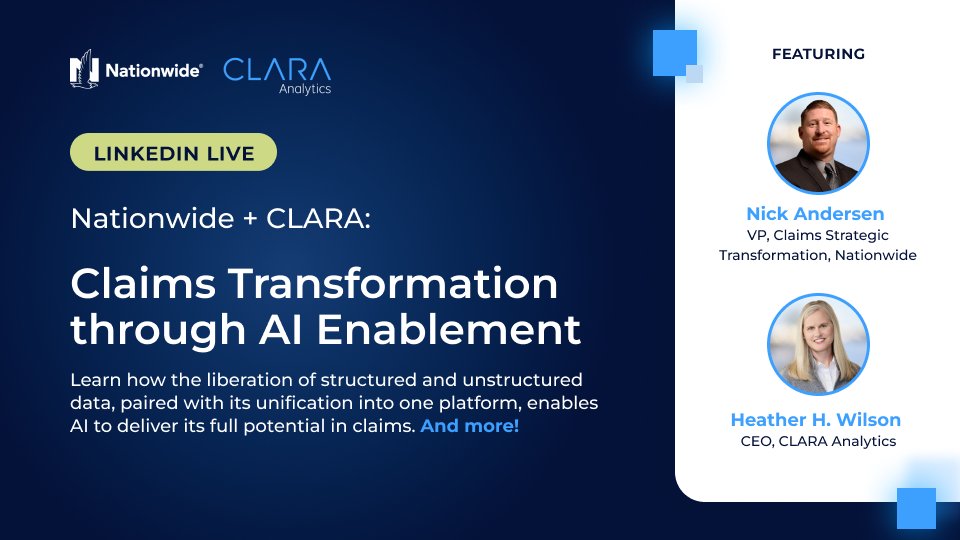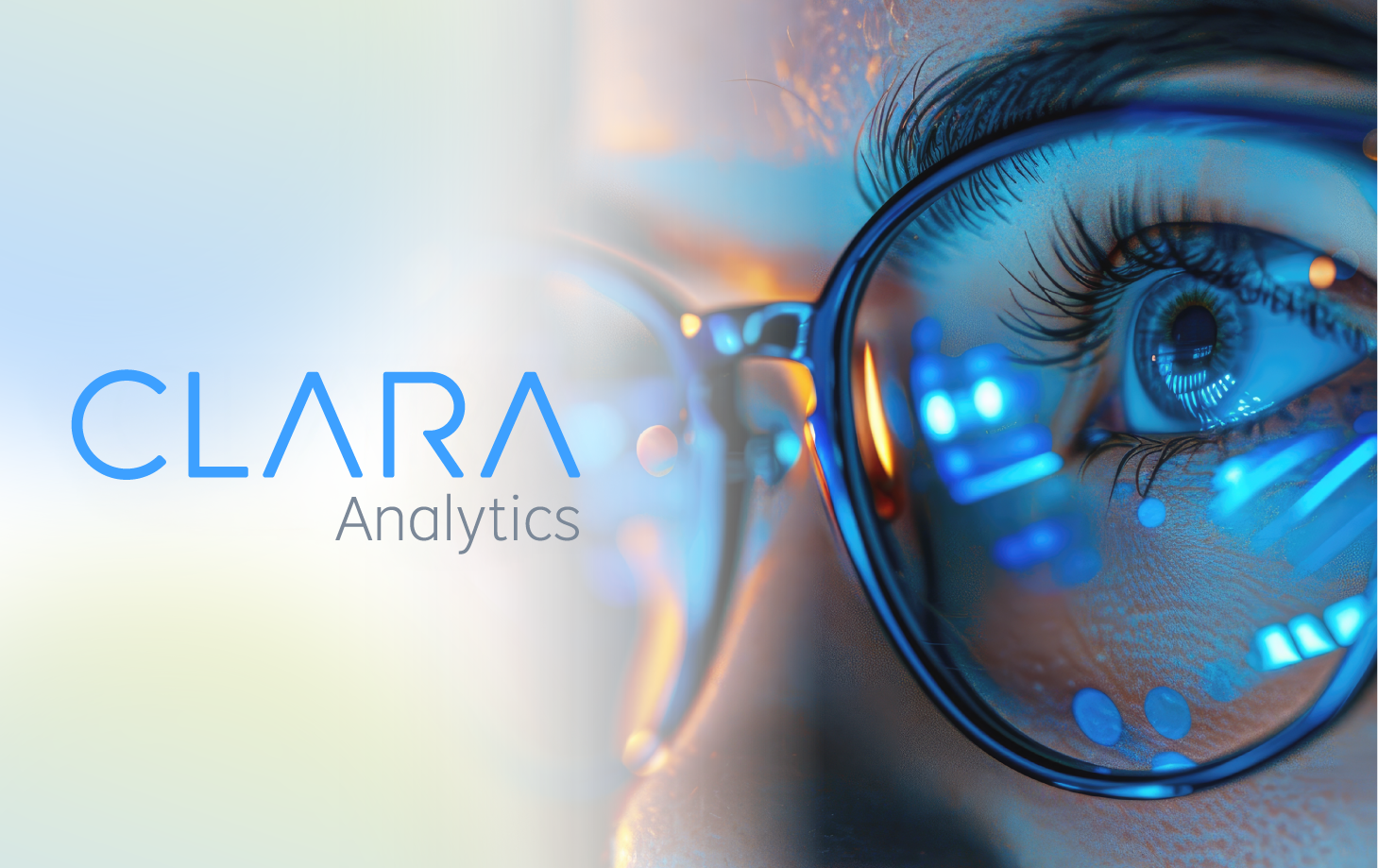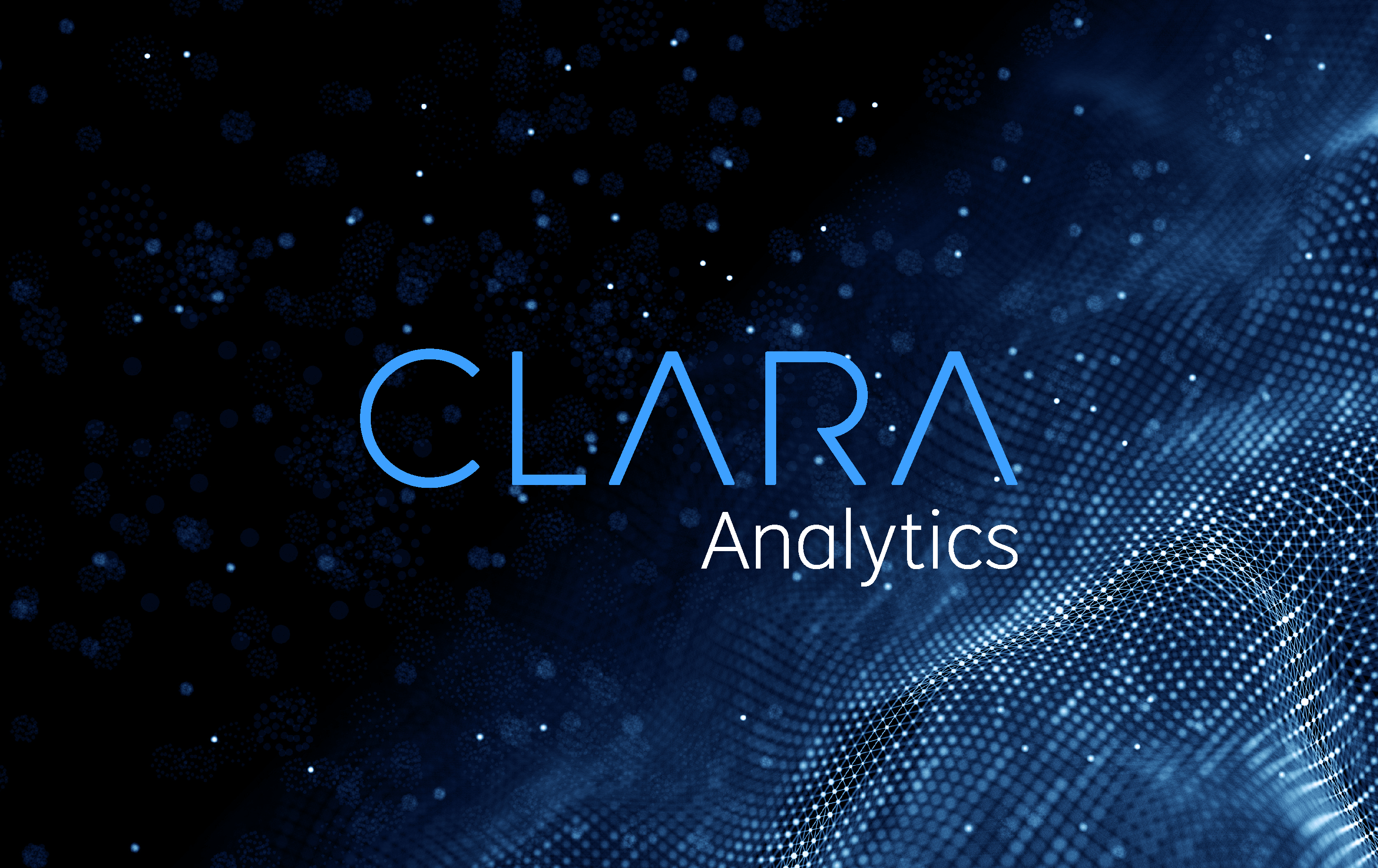Man vs. Machine: Why AI is Not a Threat to Human Jobs
A lot of the concern about artificial intelligence in the workplace appears to be based on what people have seen in cartoons, read in novels, or watched in sci-fi movies, where the world is portrayed as being overtaken by robots. Now that AI-based systems and applications are gaining ground, people are getting nervous about the role of machines. Will they take over our jobs?
While this seems like a perfectly logical question, it’s actually the wrong question. Instead, we should be asking what we want AI to accomplish. When we do this, it becomes more evident that, in reality, humans and machines will become partners rather than competitors.
AI Is Not About Replacement
There is no doubt that AI will affect jobs. The World Economic Forum projects that 75 million positions will disappear due to automation by 2022. Yet, its report notes:
“As has been the case throughout economic history, such augmentation of existing jobs through technology is expected to create wholly new tasks – from app development to piloting drones to remotely monitoring patient health to certified care workers – opening up opportunities for an entirely new range of livelihoods for workers.”
The report goes on to predict automation will create 133 million new jobs, or 58 million more jobs than are lost, within the same time period. Gartner’s forecast, which focuses specifically on AI, also indicates that AI will be a net positive for employment. Starting in 2020, the scales will begin to tip in job creation’s favor, with two million new jobs opening up by 2025.
What this shows is that AI’s function in the workplace is not to swap humans for robots. In my view, it’s about removing the robot from humans.
Many of the tasks that AI is charged with completing relate to rote responsibilities. Considerable human capital is wasted on activities that could be automated easily. By spending time on manual processes, people are not using their brains for higher-order skills like problem solving and decision-making.
PwC found that 70 percent of business executives believe that AI can enable people to focus on more meaningful work, while a Harvard Business Review survey showed that 36 percent of executives think one of the top benefits of AI is to free up workers to be more creative. Thirty-five percent cited AI’s ability to help workers make better decisions. If AI-based solutions remove the mind-numbing functions of many jobs, if they can take away the parts of positions that are inherently robotic, it is a huge win.
The Intelligence Loop
But before AI can accomplish these aims, AI systems must be given a specific purpose. A company doesn’t just proclaim it has AI (hooray!), and therefore, all of its workers sit around thinking and conversing like some utopian society. No – AI systems must be directed to analyze historical data by someone who has created an algorithm to solve a defined problem. AI cannot exist without human guidance.
By the same token, humans get smarter based on the information they learn from machine analysis. People can then apply their higher-order skills to make decisions based on data coupled with their own knowledge base. AI systems subsequently interpret what humans do with the information generated; they in turn get smarter based on these interactions, and systems are refined. This process continues whenever a query is run, new data is added, and action is taken.
In this sense, AI systems and the humans who leverage them become co-dependent. Work improves as machines learn more, sparking a continuous loop. This loop maximizes both artificial and human intelligences, producing what PwC dubbed the “man-machine hybrid,” which is “more powerful than either entity on its own.”
Practically Speaking
The best way to understand how this all plays out and the impact AI can have is to view it in a practical setting. AI and machine learning currently are being used in claims operations to instantly find the right providers for injured workers, formulate Medicare Set-Asides (MSAs) based on years’ worth of data in a fraction of the time, intervene in claims that could be headed to a lawyer’s office before problems escalate, and much more. AI certainly furthers these tasks in their own right, but this is where we see the sum impact is greater than each of the parts.
As claims reps charge AI systems with looking for and synthesizing specific data points, the way claims reps and claimants interact fundamentally changes.
On one hand, claims reps are fully equipped with the right information to answer claimants’ questions and engage with them because they have access to mountains of data that an AI system can interpret. On the other hand, by not having to manually seek out all of the facets that matter in the 90+ cases sitting on their respective desks, claims reps gain the opportunity to get a real-life picture of the people and cases to which they are assigned. They are liberated to provide care and compassion for claimants on a scale they’ve never achieved in the past. This not only alters how claims are handled, but it also influences the types of workers designated to handle them.
Reskill, Not Replace
The role of the claims rep in the example above is evolving as are positions across nearly every industry. While most paper-pushing days are gone and replaced with electronic communication, more personal, customized processes and the customer experience will become more front and center in the new AI-driven world.
Positions will open up that embrace new skill sets. Employees who bridge the gap between domain expertise and technology will be essential, and those who can navigate between business, analytics, and customer service will be in the highest demand. As workers become smarter and more dependent on machine learning, they become even more valuable to their organizations, bringing fresh, creative ideas into the workplace with unprecedented efficiency.
So, machines will not take over our jobs, but they likely will remake them in wonderful and surprising ways.
This article was first published in Dataversity.net
